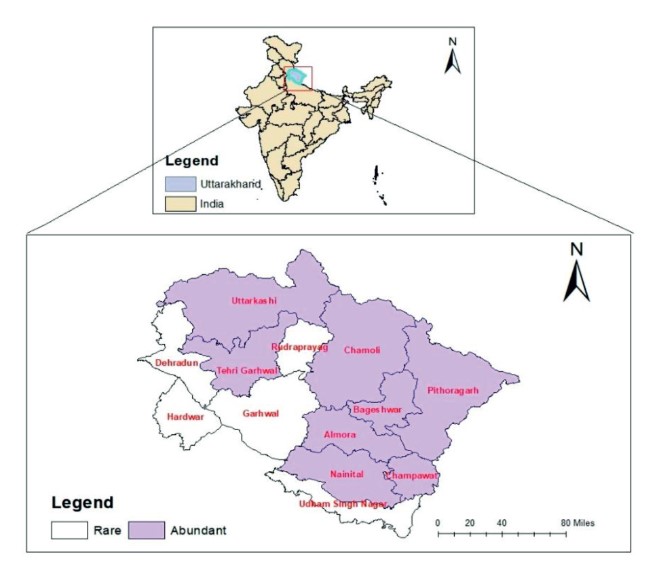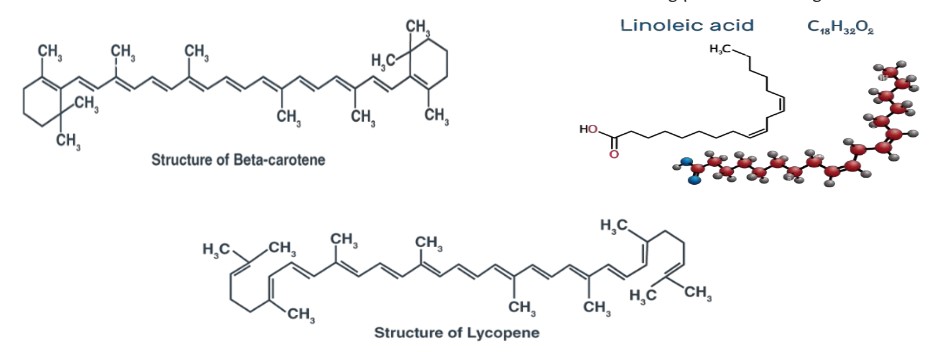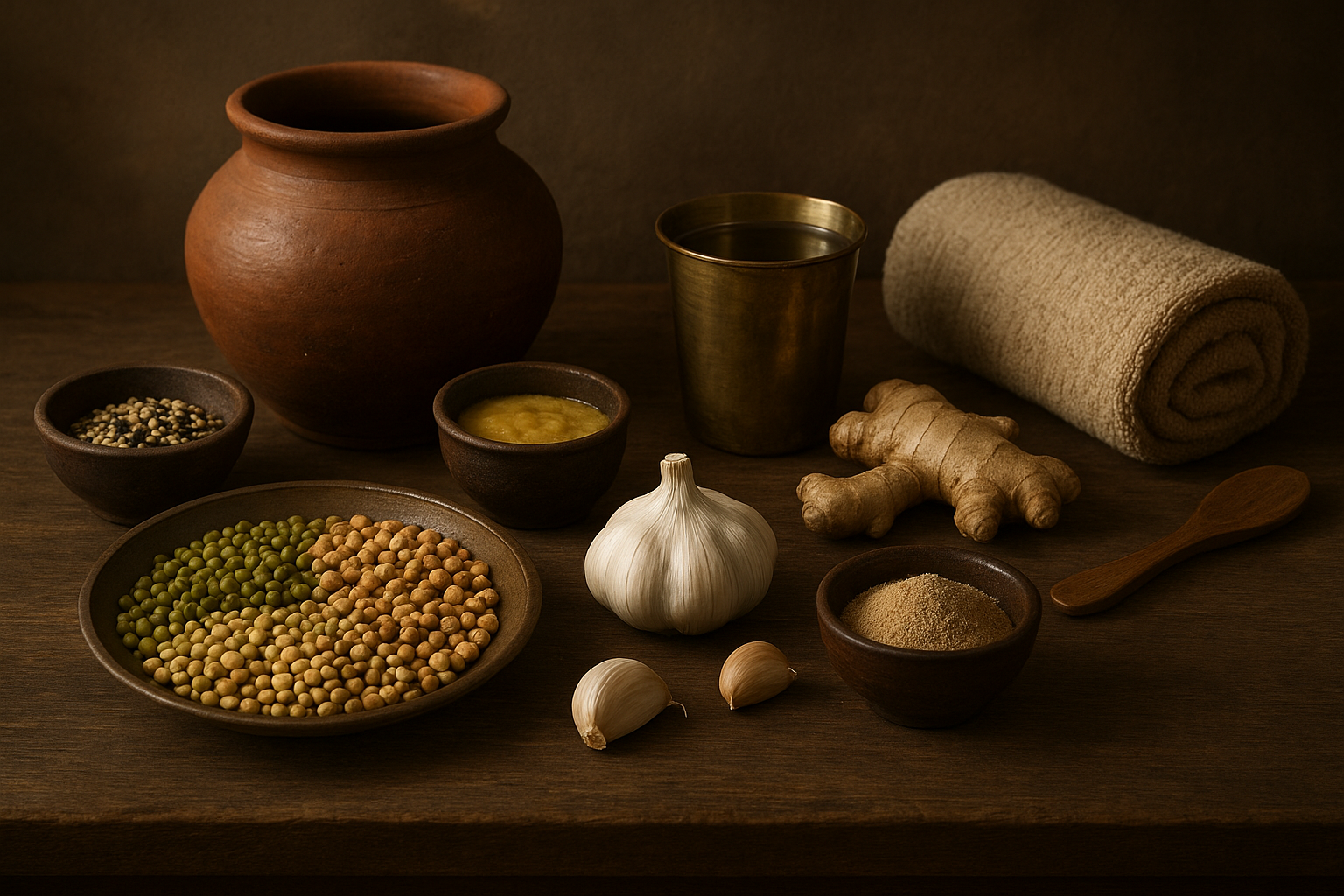Pyracantha Crenulata: Uttarakhand’s Botanical Marvel
| Taxonomic rank | Classification Kingdom |
| Kingdom | Plantae |
| Phylum | Angiosperms |
| Class | Eudicots |
| Order | Rosales |
| Family | Rosaceae |
| Genus | Pyracantha |
| Species | Pyracantha crenulata |
Indian Himalayas is a house to more than 8000 species of vascular plants out of which more than 1700 are known for their medicinal properties. Indian hawthorn, scientifically known as Pyracantha crenulata (D. Don) M. Roem. Syn., formerly classified as Crataegus crenulata Roxb. is native to the Himalayan hills. Referred to locally as “Ghingharu” in the Kumaon region of Uttarakhand. The authority for this species is D. Don, which stands for David Don, a Scottish botanist who described many plant species during the 19th century. This species holds significant ecological importance in the Himalayan foothills, being prevalent in regions spanning Uttarakhand, Himachal Pradesh, and the northeastern states of India and Nepal.
Botanical description

Pyracantha crenulata or Indian hawthorn is classified as a deciduous to semi-evergreen shrub with heights ranging from 2 to 5 meters. (C. Mukhopadhyay,1989). These flowers are hermaphrodites, bisexual, with 20 stamens and a single ovary positioned at the center. Each flower has five sepals and five petals (Singh et al., 2018). The fruit of Pyracantha crenulata is of the pome variety. comprising pulpy berries, and it typically ripens from July to September in Uttarakhand. These orange-red pome fruits serve as a food source for numerous bird species. Pyracantha crenulata is indigenous to the temperate Himalayan region. The fruits are not only edible but also contain high levels of sugar, while the leaves are utilized in the preparation of herbal tea (Kunkel, 1984). Typically. each berry of Pyracantha crenulata contains five triangular seeds with a brown hue; occasionally, three or four seeds are noted. These seeds are encased in a tough seed coat.
Distribution and habitat
Pyracantha is found all over Uttarakhand but is predominantly found in the districts highlighted in the map. Its habitat includes areas near streams, riverbanks, roadsides, as well as Pine and Quercus forests, and mixed forests. It is an important plant in the foothills of the Himalayas and is found in Uttarakhand, Himachal Pradesh, and the North Eastern states of India and Nepal at elevations of 1600 to 2500 m (Brandis 1921). Pyracantha crenulata is typically observed in hill regions during the rainy season, specifically from June to August, when it is in the flowering stage.
Phytochemical composition
Pyracantha crenulata contains Glycosides, Carbohydrates, Tannins, Amino Acids, Sterols, and Terpenoids as shown below. The moisture level is at 75%, with flavonoids comprising 2-3% of the content. Additionally, the fruits contain vitamins A, B12, C, and E, along with protein, calcium, magnesium, and potassium. They also contain oligomeric proanthocyanidins. Flavonoids and oligomeric proanthocyanidins have been identified as the active components in standardized preparations derived from various Pyracantha species utilized in heart treatment. A novel compound known as pyracrenic acid, which has been extracted from the bark of Pyracantha crenulata, has demonstrated significant anti-inflammatory properties (Otsuka H et al., 1981). In an experiment conducted by Quiroga and Bou, it was found that the predominant fatty acids present in the seed extract of Pyracantha crenulata were linoleic acid (61.1%), oleic acid (17.3%), and palmitic acid (17.4%).
Propagation techniques
Successful propagation of P. crenulata requires a good understanding of its growth requirements, including soil type, moisture levels, and sunlight exposure. Accurate knowledge of the precise stage of seed collection is crucial to prevent the gathering of immature and non-viable seeds, as emphasized by R.L. Willian, 1985. Pre-harvested, immature, and non-viable seeds have the potential to lead to nursery and plantation failures. Propagation is carried out by cuttings and seeds as well. Cuttings measuring 30 centimeters in length and 0.5 to 0.8 centimeters in thickness, and possessing a minimum of two nodes are best suited. Before sowing. the seeds are immersed in lukewarm water for 24 hours. Subsequently, they are sown in nursery beds, maintaining a row-to-row spacing of 30 centimeters. Watering was carried out every other day (Singh R et al., 2012)

Uses
Pyracantha is incorporated into Ayurvedic medicines and commercially gathered from forest regions for various medicinal formulations, including infusions of dried fruits, liquid extracts, and tinctures. Clinical trials investigating its impact on heart-related conditions have indicated that treatment with hawthorn bioflavonoids led to reductions in cholesterol levels among patients suffering from heart disease (Negi et al., 2009). The leaves can be utilized for herbal tea formulations Because of its thorny nature Pyracantha can be planted as an excellent bio-fence for agricultural fields to protect the fields from stray and wild animals. A mixture of Pyracantha and Ginkgo (Ginkgo biloba) leaf was found to enhance brain cell activity and memory and work as a nootropic agent.

Conclusion
Pyracantha crenulata, also known as the Himalayan firethorn, presents a valuable botanical asset with diverse advantages alongside notable challenges. Its attractiveness in landscaping, medicinal value, and ecological significance highlights its importance across various domains. Serving as an ornamental feature, it elevates visual appeal while supporting local wildlife through habitat provision and food sources. Moreover, its medicinal properties, including antioxidant and anti-inflammatory characteristics, suggest potential applications in pharmaceuticals. However, this species confronts significant threats such as habitat degradation, climate change pressures, and competition from invasive species. To ensure its preservation and maximize its benefits for ecosystems and human health, concerted conservation measures are imperative.













